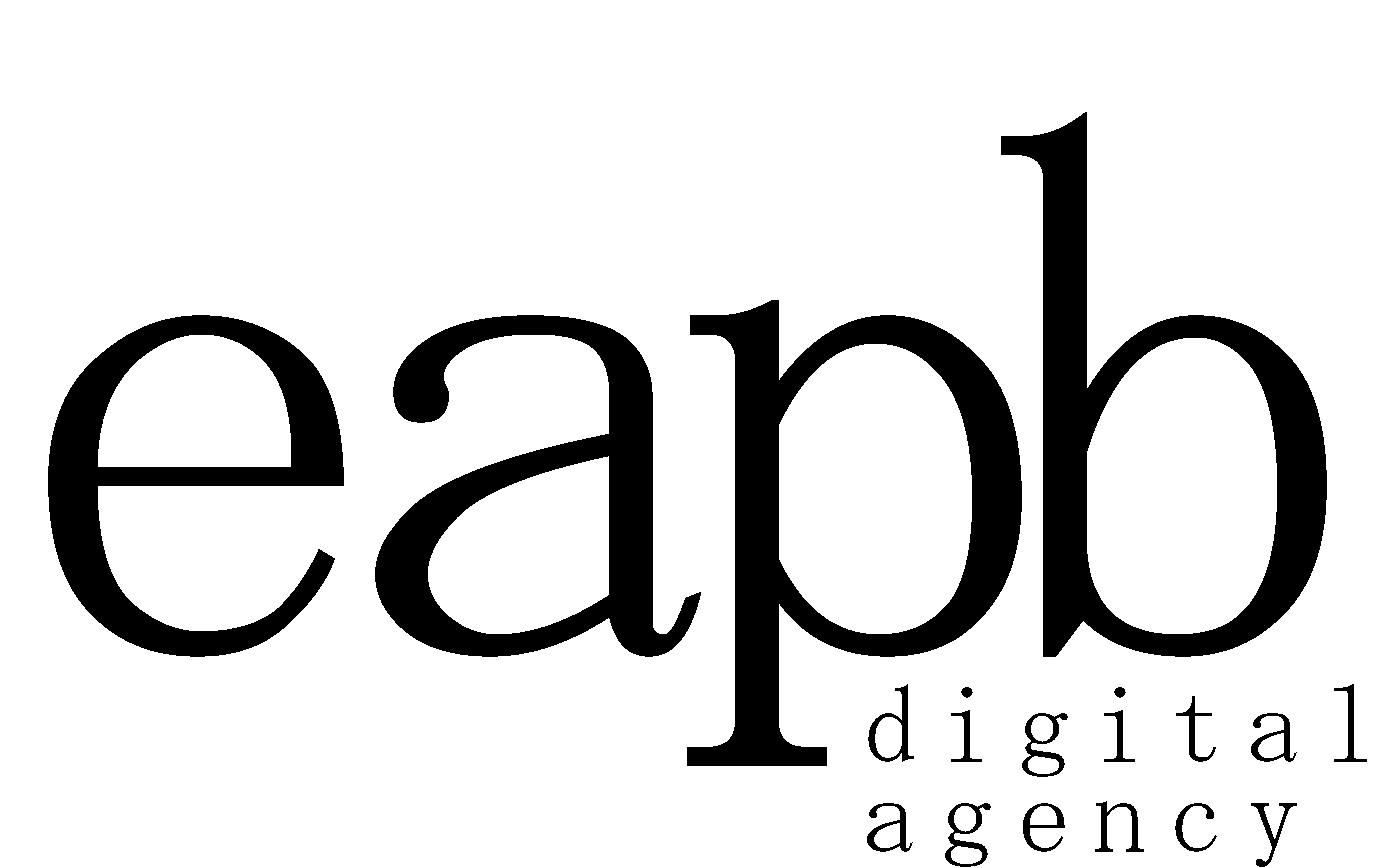Internal Linking Within Your Website
I’m sure like you, we also have been reading a great deal about link building and acquiring incoming website links to drive higher rankings in the search engine organic listings.
We also read more than ever now about the importance of fresh content for search engine optimisation (SEO). Yes, fresh content is important to building the (subject) authority of your domain, likewise selective, natural incoming link building still plays an important role in helping to increase the visibility of your website in the SERPS.
In respect of SEO, it is my opinion that the internal link structure of many a website leaves much to be desired in helping to increase the prominence of your most important website pages. Too often I see company and business websites where the structure of the internal linking hinders rather than assists both human visitors to the site and search engine spiders.
Before we dig a little deeper let’s provide a definition of what exactly an ‘internal link’ is in the context of this article. Definition: Internal Links are hyperlinks that point at (target) the same domain as the domain that the link exists on (source). In layman’s terms, an internal link is one that points to another page on the same website.
In simple terms for example, it is often the case that the home page of a website is often the most important and should then ideally carry the most authority within the site. However, on the contrary, it is not uncommon to find that sub-pages within a website DO NOT even link back to the all important home or index page.
This makes it more difficult for Google (Yahoo or BING) to attribute maximum value and authority to your home page. This does not mean that you should be linking back to the home page from all over your website but sufficiently to appropriate the required amount of internal link juice to the page you value the highest.
The importance of a robust internal link structure to your website or blog should not be seen merely as an exercise in good SEO. As mentioned above there is another extremely important type of visitor to your website: REAL people; searchers; customers; prospects!
In order for your website to maximise its conversion rate (website visitors to contacts) it must be able to deliver an engaging and highly usable experience. Usability is vital in order that you can capitalise on an increase in visitor numbers to your website gained through higher search engine rankings. Visibility without conversion rate is only 50% of the ingredients necessary for ultimate Internet marketing success!
In essence then we can deduce that a sound and robust internal website linking structure will underpin key roles within the site and produce a number of tangible benefits:
• Effective Distribution of Link Juice
• Guiding the User
• Navigation
• Better Keyword Targeting
• Reduce Bounce Rates
• Correct Indexing of Inner Pages
Without wishing to get into an in-depth discussion of the benefits of smarter internal linking in a post Google Penguin world (phew!), many SEO commentators are now expressing the view that there was a shift within the Google Penguin update to attribute greater value to internal linking, particularly in competitive niche’s.
The key word here is ‘smarter‘. Always start your internal linking structure from the user and work backwards. Starting your internal link re-vamp from an SEO standpoint is most definitely NOT the way to go. Likewise, stuffing your footer and copy with Keyword rich anchor text links is NOT a smart move. Google, more and more, wants to reward websites which deliver a cohesive, usable and rich user experience. Sure be creative with your internal linking, but remember to think like a user – NOT a search engine spider!!
Paul Brewster, June 2014

